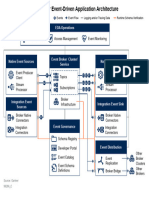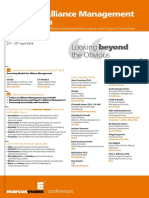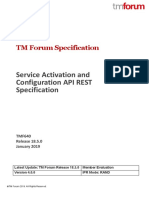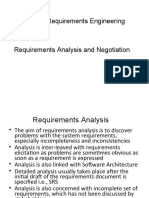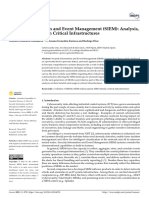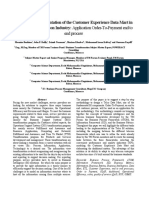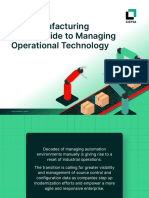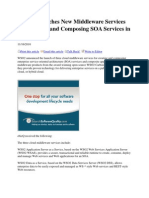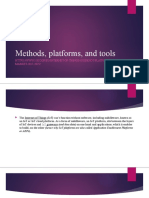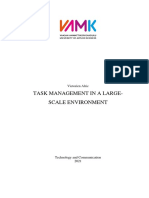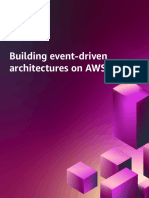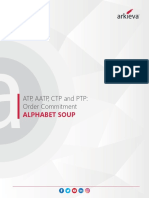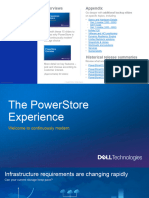0% found this document useful (0 votes)
11 views11 pagesIntroduction To Event-Driven Architecture
Introduction to Event-Driven Architecture
Uploaded by
skataffkataCopyright
© © All Rights Reserved
We take content rights seriously. If you suspect this is your content, claim it here.
Available Formats
Download as PDF, TXT or read online on Scribd
0% found this document useful (0 votes)
11 views11 pagesIntroduction To Event-Driven Architecture
Introduction to Event-Driven Architecture
Uploaded by
skataffkataCopyright
© © All Rights Reserved
We take content rights seriously. If you suspect this is your content, claim it here.
Available Formats
Download as PDF, TXT or read online on Scribd
/ 11



